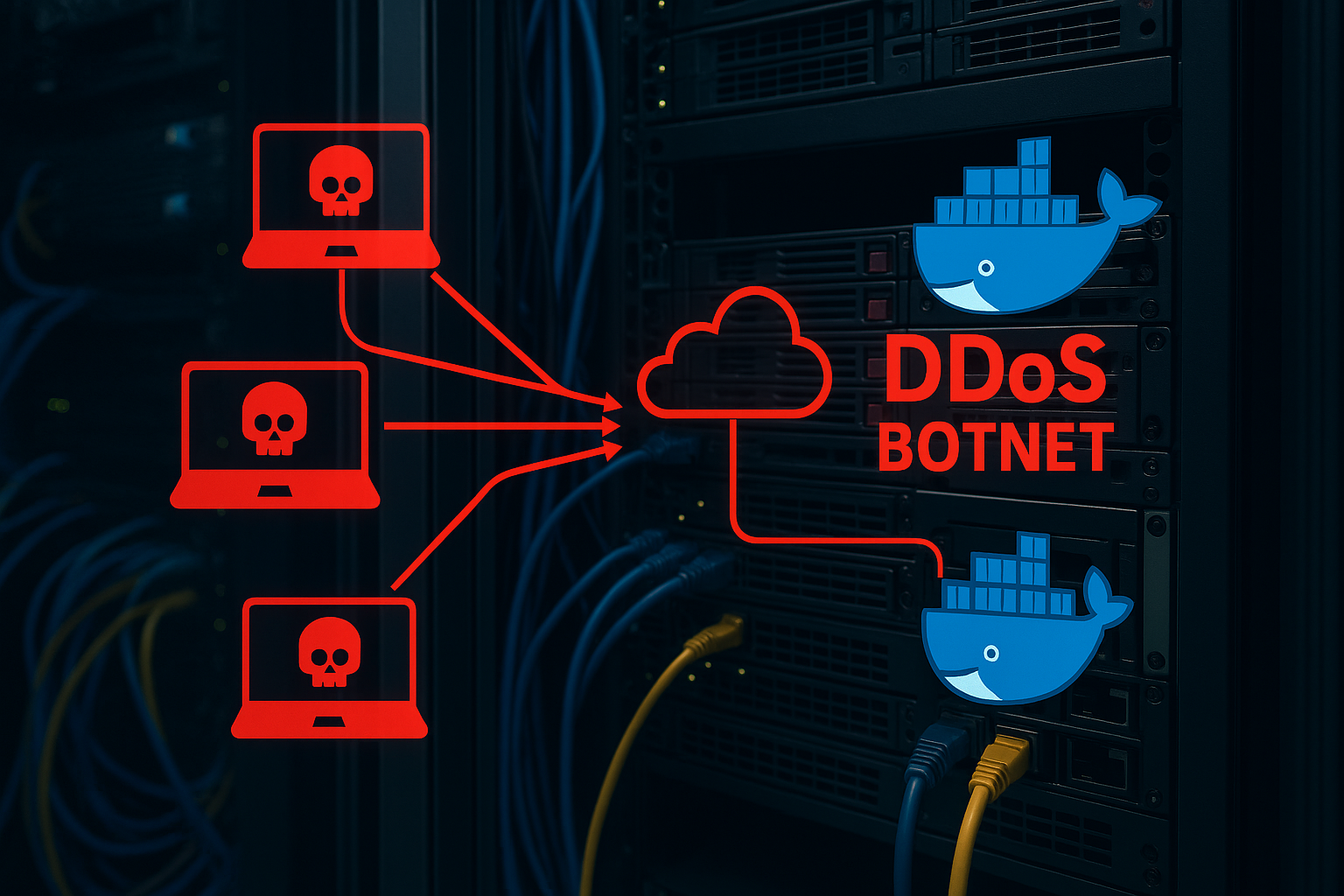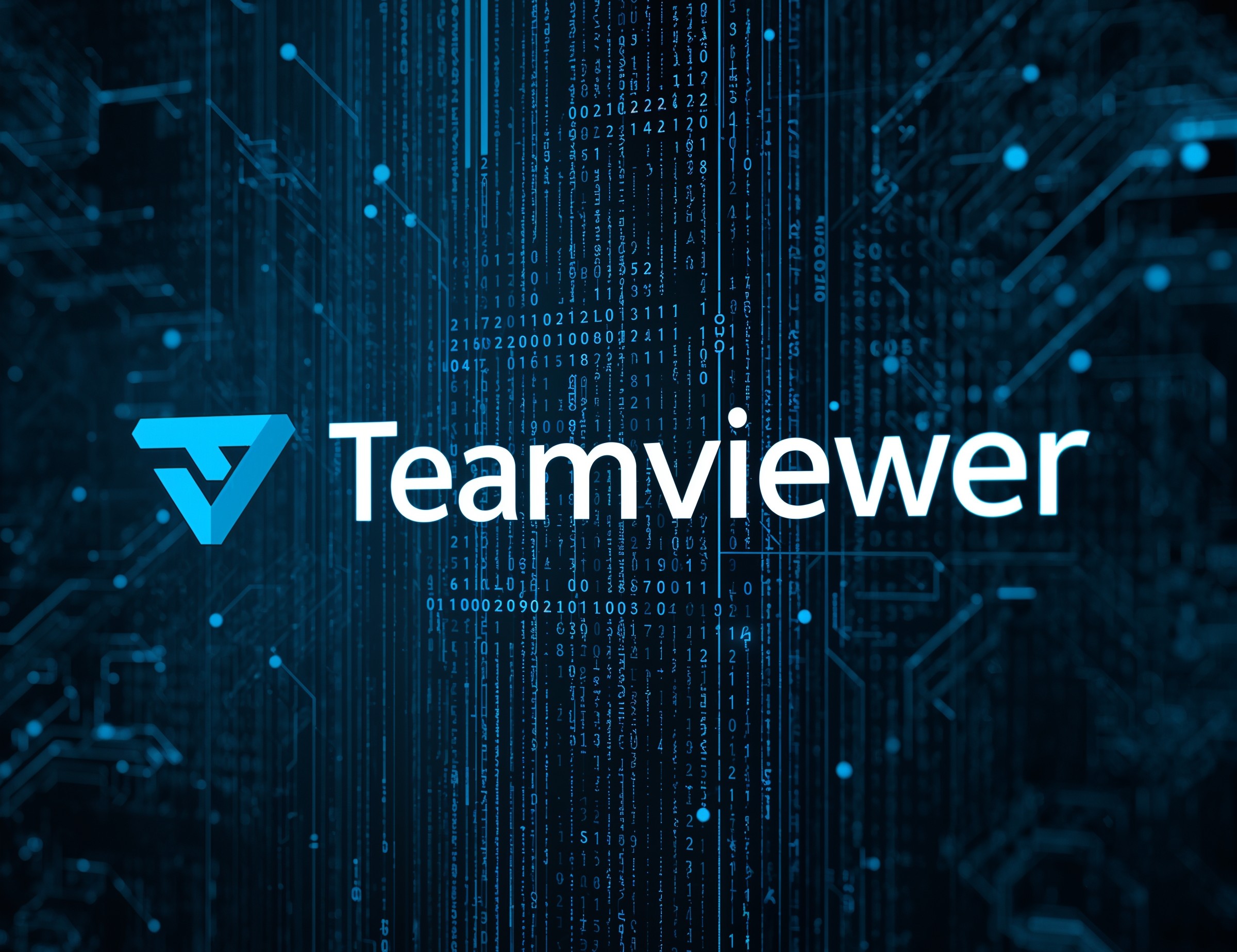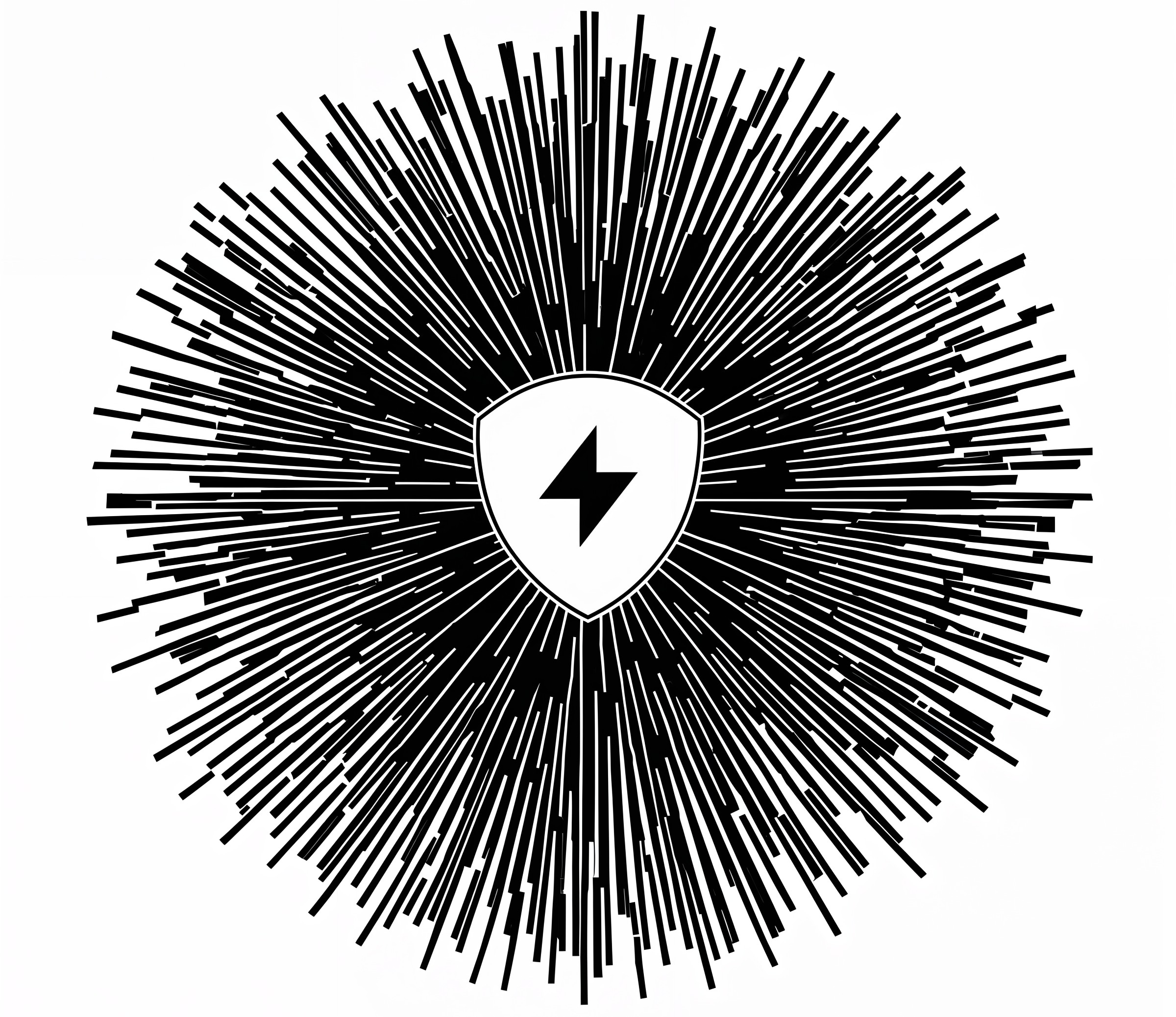A new cloud native botnet called ShadowV2 is taking aim at organizations worldwide. By abusing exposed Docker daemons and blending into legitimate cloud environments, the malware enables large scale distributed denial of service (DDoS) attacks while evading traditional defenses. With over 24,000 Docker instances exposed online, the potential for exploitation is significant
What is ShadowV2?
ShadowV2 is a Go based malware disguised as legitimate cloud workloads. Unlike older botnets that rely on compromised IoT devices, ShadowV2 infiltrates Docker containers and AWS EC2 environments, making it harder for defenders to distinguish malicious activity from normal DevOps operations.
Its developers leverage opensource tools and Python automation even GitHub Codespaces to orchestrate containerized attacks with efficiency.
Technical Capabilities of ShadowV2
The botnet stands out with advanced attack methods:
-
HTTP/2 Rapid Reset Attacks – Used in some of the most powerful DDoS campaigns recorded in 2023.
-
Cloudflare UAM Bypass – Circumvents protective challenge pages to overwhelm targets.
-
Dynamic Container Deployment – Uses Docker SDKs to spin up new attack containers on demand.
-
Automated Infrastructure – Scripts in GitHub Codespaces manage deployment and scaling.
Exploitation of Docker Daemons
ShadowV2 capitalizes on a common misconfiguration: exposed Docker daemons on port 2375.
Attackers exploit these endpoints in two primary ways:
-
Setup Container Method – Deploying a container that pulls the botnet payload directly from a C2 server.
-
Preloaded Malicious Image – Running a container already embedded with ShadowV2 code.
According to Censys, nearly 24,000 exposed Docker daemons exist online a vast attack surface.
How ShadowV2 Malware Works
-
The malware is compiled as an ELF binary in Go.
-
Once deployed, it establishes a heartbeat with its command-and-control (C2) server.
-
It receives instructions that define attack parameters such as duration, target, and method.
This modular approach allows attackers to adapt their strategies dynamically.
Why ShadowV2 is Different
Most botnets deliver payloads directly, but ShadowV2 builds its environment on the victim system. This reduces detection rates since containers appear legitimate.
The botnet’s design suggests it could become a DDoS for hire service, attracting cybercriminals seeking cloud-based power with stealth.
Implications for Cloud Security
The rise of ShadowV2 has broader consequences:
-
Threat to AWS-hosted systems – Attackers use AWS EC2 to host attack infrastructure.
-
CI/CD Pipeline Risks – Malicious workloads can blend into DevOps processes.
-
SOC Challenges – Traditional indicators of compromise often fail against container-based threats.
Expert Recommendations
To defend against ShadowV2 and similar botnets, organizations should:
-
Harden Docker Security – Disable unauthenticated remote access to Docker daemons.
-
Monitor Continuously – Use SIEM/SOC tools with cloud native visibility.
-
Deploy Behavioral Analytics – Detect anomalies in workload behavior.
-
Restrict Third-Party Integrations – Limit GitHub Codespaces and API connections to only trusted workflows.
Conclusion
ShadowV2 exemplifies the weaponization of DevOps tools in modern cybercrime. By exploiting exposed Docker daemons and cloud native technologies, attackers can build resilient, evasive botnets capable of devastating DDoS attacks. Organizations must adapt by tightening container security, monitoring pipelines, and closing exposed endpoints before they become part of the next global botnet.
FAQs
1. What makes ShadowV2 different from traditional botnets?
Unlike IoT-based botnets, ShadowV2 hides inside cloud native environments like Docker and AWS, making it harder to detect.
2. How do attackers exploit Docker daemons?
They abuse misconfigured endpoints on port 2375 to deploy containers running ShadowV2 malware.
3. Why is ShadowV2 dangerous?
It enables massive DDoS attacks while blending into legitimate DevOps workflows, reducing detection chances.
4. How many Docker daemons are at risk?
Security scans found over 24,000 exposed Docker daemons worldwide.
5. How can organizations protect against ShadowV2?
By disabling remote Docker daemon access, monitoring workloads, using anomaly detection, and restricting untrusted integrations.











2 thoughts on “Exposed Docker Daemons Fuel ShadowV2 Botnet Attacks”